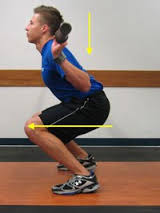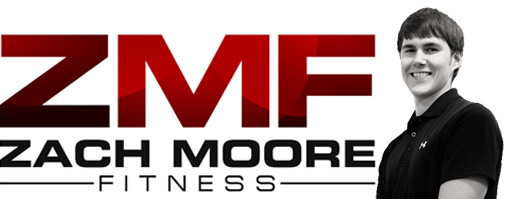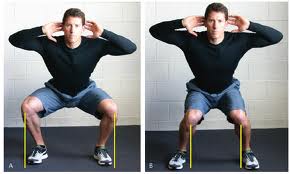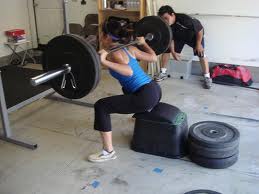It was 2009, one year after my second unsuccessful knee surgery, and I finally felt good about my knee function. I had spent many years obsessing over my knee pain. It was preventing me from being active and doing the things I loved – tennis, snowboarding, even running at the time (I know, I was weird). 🙂 I literally spent many hours of the day thinking about my knee.
If I woke up and it hurt, I would think as to how I may have slept in a bad position. If my knee felt bad late in the day, I would try to think about the ways I may have irritated it. And on the days it felt good, which were rare, I would try to replicate anything that may have led to that feeling.
I also read a ton on knee anatomy, biomechanics, and rehab strategies.
Finally, in 2009, after a year at IFAST and through consistent hard work and effort, I felt good about my knee. I could play tennis, snowboard, and even run if I wanted (which, by that time, was pretty much never).
Why I am telling you all of this?
Well, through this experience I have learned a lot about knees – especially how to tweak a movement or exercise to alleviate knee pain. You see, I have had to do this for myself many times, and I also work with several clients with knee pain.
So today I want to go over possible tweaks you can make to your squat if it is bothering your knees.
ALTERNATE: Below, I am going to list possible ways your squat may be inefficient, and therefore putting unwanted stress on the knee joint, and then go over possible fixes for that problem.
First, let’s look at the ways your squat may be inefficient, and therefore, putting unwanted stress on the knee joint.
1) Your weight is too far forward at the bottom of the squat
Ideally, in a squat pattern, your center of gravity shoulder be centered over the middle of the foot (maybe even slightly behind the middle). You should feel weight on your heels at all times.

By coming onto the balls of the feet, most of the stress is placed on the musculature around the knee with very little around the hip joint. If you are experiencing knee pain with the squat then you want your hip musculature involved.
2) You are initiating the movement by bending at the knees
This will often cause your weight to come forward at the bottom, which goes back to the point above.
Initiate the squat by bending at the knee and hips simultaneously (see video below).
3) Your knees are not in line with your toes
The most common pattern here is not pushing the knees out enough.
However, it can also be that you are pushing your knees out too much, which will also put unwanted torque on the knee.
You just need to make sure your knees are in line with your toes.
4) You are rotating and/or shifting your weight onto one leg more than the other
This can put unwanted torque and stress on either knee joint. Make sure you feel your weight centered over both feet at the beginning of the squat and throughout the movement. If possible, film your squat from behind to see if you are shifting or rotating.
5) You are going too deep
This is dependent on the person. I am all for squatting deep if a person has the adequate mobility and stability, but if a lot of knee flexion bothers your knees then you may need to cut your depth. That is OK. Some fanatics will claim you are not squatting right if you are not going as low as possible. This is not true. You can still reap a ton of benefits from squatting without going super low.
Below is a video that summarizes these common mistakes.
Now, let’s look at some ways we can modify the squat to help you avoid the problems listed above.
Add an offset load – goblet squat and/or plate squat
This is a great solution if you are having a hard time keeping your weight back. Simply hold a weight in front of you, which will act as a counterbalance. This weight will help you sit back more effectively.
Squat to a box
This is also a great solution for teaching you how to sit back and keep your weight from coming forward. You just have to think about reaching your butt back to the box.
This is also a great tool for cutting depth. You can play with the box height to determine the lowest you can go without experiencing knee pain.
Put a band around your knees
If you are having trouble keeping your knees out and feeling your hip musculature, I recommend placing a band around your knees. This will give you something to push out against, and you will definitely feel your hips kick on.
Get your abs stronger*
By strengthening your core, you can control your weight shift more easily and can transfer the force from the ground to the bar more effectively.
*Be on the lookout for an article on this soon.
Conclusion
So those are some of the best ways I have found to alleviate knee pain while squatting. Everyone is different and there will be different solutions for different problems, but try these out and let me know how they work.
If you are new to squatting and still unsure as to what you may be doing then check out my video: How to Squat.
And lastly, if you have any specific questions feel free to leave them in the comments.
Have a good week!


